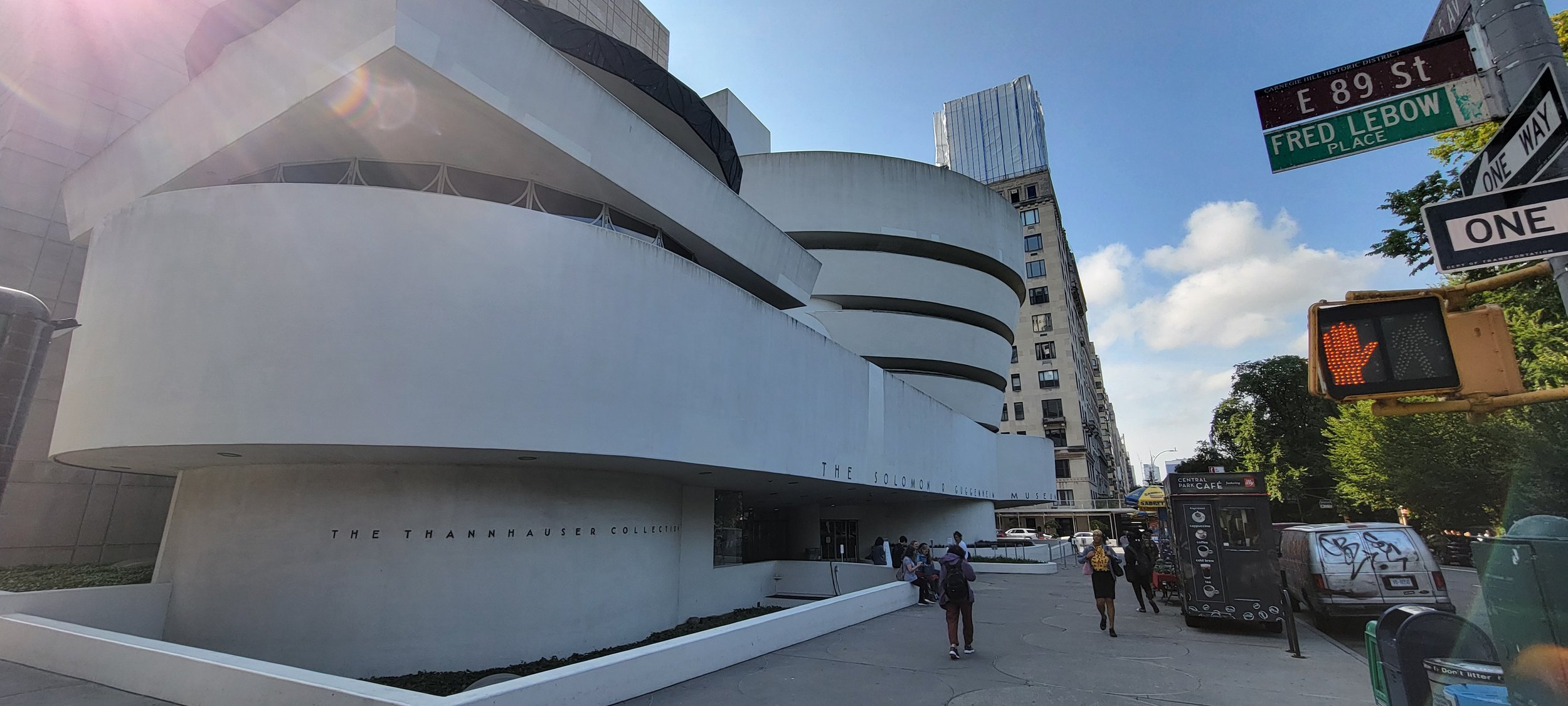Solomon Guggenheim and His Passion for Non-Objective Art

While walking north along 5th Avenue in New York City, one passes by not only the remaining Gilded Age mansions of the most rich and powerful families during the time, but also a concentrated group of museums starting around 82nd Street and making its way to 105th Street. The Upper East Side boasts some of the best museums in New York City, but if you are looking for a museum specifically for modern art, The Guggenheim Museum at 5th Ave and 88th street is a perfect location to see some of the best works of contemporary artists. The building was designed by Frank Lloyd Wright and opened October 1, 1959, ten years after the death of Solomon Guggenheim.
The vast wealth of the Guggenheim family started with Solomon’s father, Meyer Guggenheim, a Swiss citizen with Ashkenazi Jewish ancestry, who came to the United States in 1847 and made his fortune in the mining and smelting business. Several of his children were involved in the family business, including Solomon. He was also a partner of his father’s Swiss embroidery import work, along with his interests in gold, silver and copper mining. Solomon married Irene Rothschild in 1895 and together they started collecting art of the old masters, as was the standard for the super-wealthy of that era. However, in meeting abstract artist, Hilla Rebay, who was hired to do a portrait of his wife, he fell in love with modern art, and the works of the Non-objective artists. Art in this genre often used shapes and colors and different patterns, geometric or not, but did not depict an obviously identifiable person, place or thing. Rebay was key in introducing Guggenheim to the works of Vasily, Kandinsky, Bauer, Otto Nebel, Alice Mason and Rolph Scarlett.
The original Solomon R. Guggenheim Foundation began in 1937, with their first exhibition space opening in 1939. However, it became clear in the 1940s that with the permanent collection growing and public interest in modern art was also growing, that a new gallery would need to be built. The extraordinary Frank Lloyd Wright building is quite a marvel inside and out. Visitors are caught up in the spiral vortex of the main gallery that leads them circling past tremendous works by contemporary artists.
Every visit to the museum offers us a new and unique experience, with different artists on display through the year. This September through the 29th the interior of the museum’s spiral gallery is illuminated with LED lights by Jenny Holzer, with texts scrolling along the gallery railings called Light Line. Coming up in November and running through March is an exhibition named Harmony and Dissonance: Orphism in Paris, 1910-1930. This form emerged in the 1910s and some of the artists on display are Robert & Sonia Delaunay, Marcel Duchamp, Francis Picabia, Amadeo de Souza-Cardoso and Stanton Macdonald-Wright.
The Thannhauser Collection is an ongoing exhibition that includes Impressionist, Post-Impressionist and modern French masterpieces. Some artists represented currently are Degas, Manet and Van Gogh.
Similarly to a few of the other museum articles I have shared, The Guggenheim Museum is incredibly supportive to the community and visitors, with learning opportunities for children, teenagers and adults. Teachers can benefit from the educational packages available for them in their own schools and university students have opportunities to apply for internships. Members can enjoy a slightly quieter experience during member-only times at the museum. This October 18, as a part of the After-Hours events listings, you can attend the event Poetry in Community: Celebrating 90 Years of the Academy of American Poets with many distinguished writers reading selections from their works.
